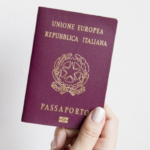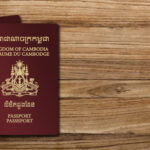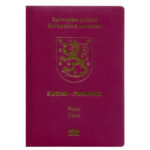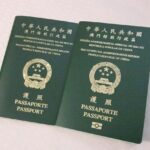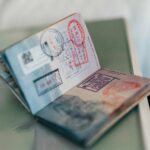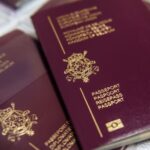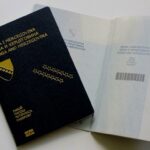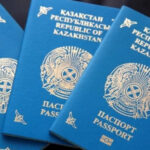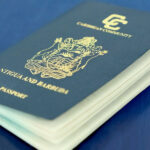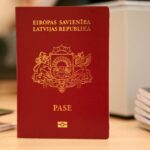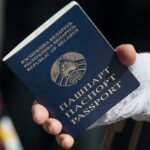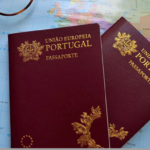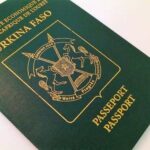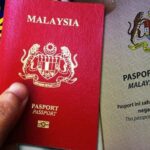In this article, we are going to look at the complete names of countries that form the Schengen country list.
In 1985, France, Belgium, Germany, Luxembourg, and the Netherlands signed an agreement to abolish borders among its member states.
The Schengen country area is a list of 26 countries referred to as the world’s largest free zone. The name came from a town, Schengen, in Luxembourg where the original agreement was made. 22 out of these 26 countries in the Schengen area are European countries, while the remaining 4 countries (Norway, Iceland, Switzerland, and Lichtenstein) are part of the European Free Trade Association.
What is the Schengen Agreement?
The Schengen Agreement is a treaty that led to the abolishment of internal border checks and the creation of Europe’s Schengen Area. The original treaty was signed on 14th June 1985 by 5 out of the ten members of the former European Economic Community and was later enacted after a decade. All European countries, except the U.K and Ireland, joined over the coming years.
Furthermore, some countries outside the EU were able to join for the fact that they are part of the European Free Trade Association. These countries include Norway, Iceland, Switzerland, and Lichtenstein.
Because Britain has left the EU, there are low chances that it will join Schengen in the foreseeable future.
Schengen Country List
The Schengen country area consists of 16 countries that cover almost all parts of mainland Europe. The complete list is given below.
| S. No | Country | Date of Joining |
| 1. | Austria | April 28, 1995 |
| 2. | Portugal | 25th April 1991. |
| 3. | Germany | 14th June 1985 |
| 4. | Czech Republic | 16th April 2003. |
| 5. | Poland | 16th April 2003 |
| 6. | Italy | 27th November 1990 |
| 7. | Luxembourg | 14th June 1985 |
| 8. | Estonia | 16th April 2003. |
| 9. | Latvia | 16th April 2003 |
| 10. | Spain | 25th June 1991 |
| 11. | Lithuania | 16th April 2003 |
| 12. | Finland | 19th December 1996 |
| 13. | Iceland | 18th May 1999 |
| 14. | Slovenia | 16th April 2003 |
| 15. | Slovakia | 16th April 2003 |
| 16. | Denmark | 19th December 1996 |
| 17. | Hungary | 16th April 2003 |
| 18. | Malta | 16th April 2003 |
| 19. | Switzerland | 26th October 2004 |
| 20. | Belgium | 14th June 1985 |
| 21. | France | 14th June 1985 |
| 22. | Liechtenstein | 28th February 2008 |
| 23. | Greece | 6th November 1992 |
| 24. | Norway | It signed the Schengen agreement on 19th December 1996, followed by a second agreement on 18th May 1999. |
| 25. | Sweden | 9th December 1996 |
| 26. | Netherlands | 14th June 1985 |
Features of Schengen Visa Countries
Some of the features of the Schengen region include the following:
- Citizens of member countries within the Schengen area can cross internal borders within the zone without any checks.
- The police and the judiciary in these countries work together to fight crime.
- The Schengen Information System is a unique database that shares information about individuals with good character, criminals, drug lords, etc.
- Border checks are done for 30 days maximum.
Frequently Asked Questions
Why is it called Schengen?
The name Schengen was derived from the name of the town where the original Schengen agreements were signed in 1985. The town is located in Luxembourg. In addition, the Schengen Agreement was first signed by Germany, France, Luxembourg, Belgium, and the Netherlands.
Is UK a Schengen country?
The United Kingdom has never been part of the Schengen Agreement. However, the UK was subject to European Union law until Brexit. As it is, there is no sign that the UK will join the Schengen countries in the nearest future.
Which EU country is not in Schengen?
The Schengen area countries comprise most European Union (EU) countries. The only EU country that opted out of the Schengen agreement is Ireland.

